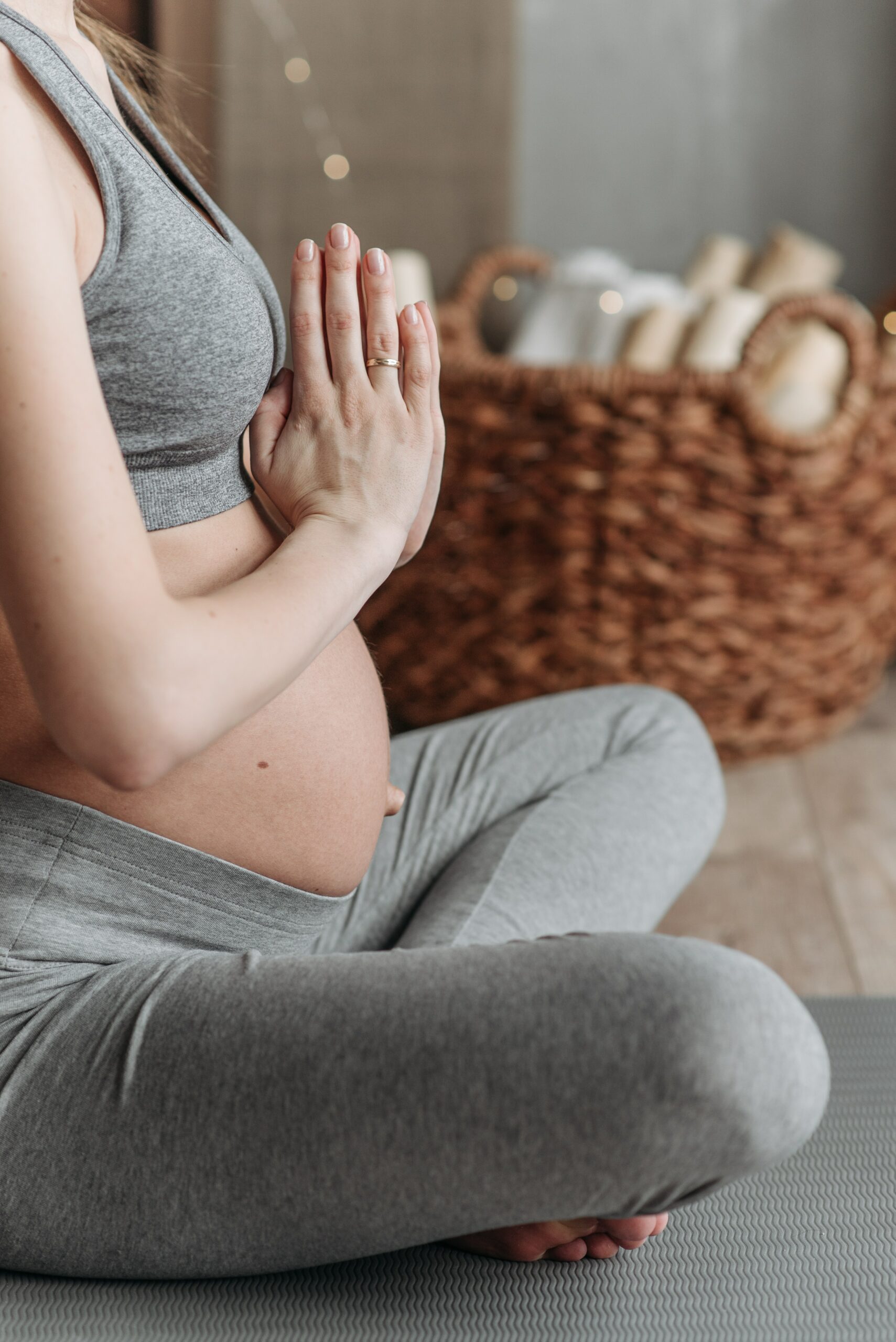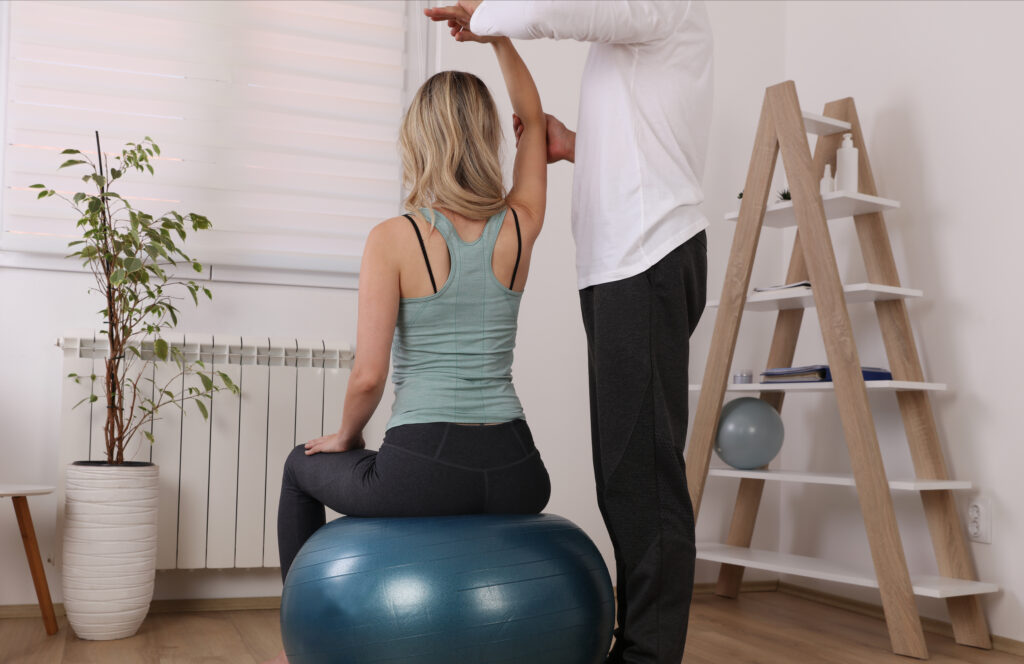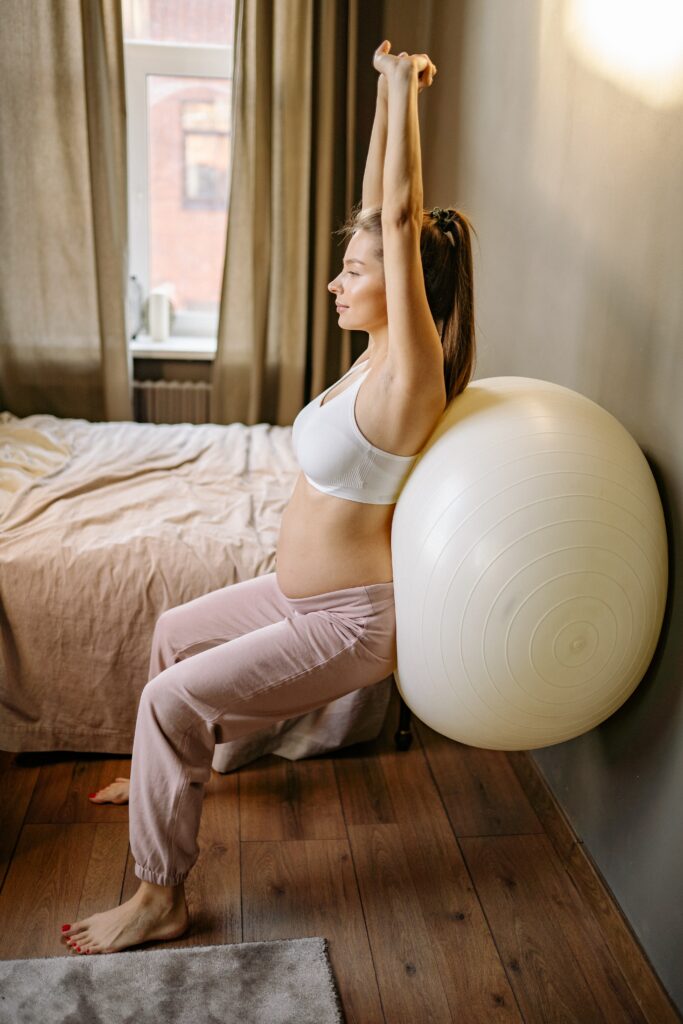Pelvic Floor Health: Pregnancy and Postpartum Care

There are several myths related to pelvic health. Many believe that it’s only related to women and childbirth. However, this is only partially true. Irrespective of gender, everyone has a pelvis and it plays an important role in our daily lives.
The pelvis and pelvic floor are crucial body parts involved in different functions in our daily lives. However, these get little or no attention. In this article, we will talk about the importance of pelvic health, discuss its anatomy and the role it plays in pregnancy and postpartum. We will also discuss pelvic floor exercises during pregnancy to aid your journey to motherhood.
Anatomy of the Pelvis and Pelvic Floor
Located inside the lower torso, the pelvis is made of several bones like the coccyx, sacrum and hip bones (ilium, pubis, and the ischium). It has a basin-shaped structure and provides support to our spine. The top of the pelvis is made of the ilium and the bottom has ischial tuberosities. Apart from these, the pelvis also has the pubis, which is located at the front of the structure. This collection of bones also provides protection to many internal organs like the urinary bladder, intestine, uterus, ovary and other sex organs. The pelvis also plays an important role in connecting our legs to the torso.
Another body part that is often unintentionally sidetracked is the pelvic floor. It is a collection of muscles that forms a diamond shape and is located at the base of our pelvis. The pelvic floor is known for attaching our hip bone, that is, the pubis, ischial tuberosities and coccyx.
The pelvic floor is a secret superhero in the human body as it performs the following key functions:
Supports internal organs in the pelvic area
Regulates sphincteric function (controls urine and feces)
Protects sexual organs and supports their functionalities
Provides balance and stability to our spine and bone structure
Works as a sump pump and helps in the circulation of blood and lymph
In addition to the above key functions, the pelvic floor provides protection to our body. During bladder infection or intercourse, it helps to avoid tension in the body. The pelvis and pelvic floor are important for tightening up our body during any stress or trauma. Thus, it’s always important to take the necessary measures for its safety and health.
Pelvic Floor Dysfunction After Pregnancy
The pelvic area of our body is sensitive and made of complex muscles and nerves. Thus, it’s not surprising that pregnancy or childbirth may have a lasting effect on your pelvic system. Here, we have listed a few pelvic-floor dysfunctions that often happens to women after their pregnancy:
Key Muscle Damage– The levator ani muscle is an important muscle on the pelvic floor. It not only supports pelvic organs like the vagina but also plays a crucial role in the child’s development and delivery. Women who give vaginal deliveries may experience damage to this muscle group due to pelvic trauma.
Risk Of Pelvic Organ Prolapse– As the levator ani muscle supports pelvic organs, damage to this muscle group may collapse the walls of the uterus and vagina. Some of the risk factors that may increase the chance of levator ani damage are prolonged delivery time, forceps deliveries, poor diet, large birth weight and so on.
Emptying Disorders– Since the pelvic floor plays a crucial role in controlling bowel and bladder urges, damaged muscles may cause emptying disorders in women after pregnancy. Due to this, they may often experience urinary incontinence both before and after pregnancy.
According to studies, symptoms related to postpartum symptoms, like urinary and bowel incontinence, disappear after a few months. However, if these symptoms persist, one can consult a doctor for its treatment. Apart from medical cautions, physical therapy and exercises can help a mother to deal with these symptoms. Pelvic floor exercises help to mitigate the stress on the body during and after pregnancy while rehab using a pessary for exercises is key for success.

What Is Pelvic Organ Prolapse
After childbirth, most women undergo pelvic organ prolapse. It is a condition where the internal pelvic organs like the uterus, bladder, bowel, etc descend through the anus or vagina. Though many a time, the condition is asymptomatic, women may experience the following symptoms:
- Emptying disorder or urinary incontinence where the patient often experience urinary or bowel urgency
- Vaginal heaviness and pain that may worsen with time
- Lower back or abdominal pain
- Need for a push tool during the bowel movement
- Vaginal bleeding, ulceration or dryness
- Painful intercourse
- Urine leakage during orgasm or inetrcourse
- Weakness in the flow of urine
If you are experiencing any of these symptoms, consider consulting your doctor or a physical therapist for the right way out.
Pelvic Floor Therapies to Improve Pelvic Floor Dysfunction
A physical therapist can help you to identify the issues related to your pelvic floor dysfunction or pelvic organ prolapse. They can help you out with practices and exercises to relax your pelvic floor muscles. Here are some of the practices that you can follow to strengthen your pelvic floor muscles and reduce urine or bowel incontinence.
There are several breathing exercises that women can practice during their pregnancy or postpartum period to deal with their pelvic floor dysfunction issues. While breathing, exert effort to exhale. This is a great practice to strengthen the pelvic muscles and enable them to work together coactively.
Usually while practicing the bridge pose, we inhale with the lift. It’s because in this pose the front body expands while lifting up. Here, give a little tweak to your practice by lifting the pelvis floor on the exhale. This will help you mitigate your back pain due to pelvic floor dysfunction. Practice this exhaling technique in all the yoga poses where you exert the most effort.
Squat is an effective exercise for strengthening your pelvic floor muscles and keeping your pelvic internal organs healthy. However, to make this exercise more efficient to deal with pelvic organ prolapse symptoms, consider lifting your tailbone while spreading ischial tuberosities away from each other. To maintain the right posture while sitting in this pose, inhale. Remember, on inhaling and bending your knees, the pelvic floor muscles move downward and creates space between your ischial tuberosities.
After childbirth, most women often experience pain in their pelvic region while moving from sitting to standing position. To reduce this pain, while standing from a sitting position, move forward to the front of the chair. Now, hold your thighs with your fingertips and exhale while standing. Follow the same procedure to sit from a standing position. However, while sitting, consider lifting your tailbone.
Post pregnancy, most women experience pelvic girdle pain while walking or standing. To mitigate this symptom, try to shift side to side. So, when walking or standing, bend your knees slightly while pressing one of your heels into the ground. Now, come back again to the centre, press the other heel into the ground. Apart from this practice, you can walk backwards if you are experiencing pain while walking.
If you are sitting on the floor and moving to a standing position, do not step your foot onto the ground and kneel. Rather, move into a squat or downward dog position before standing straight. Also, ensure that your feet are parallel while practising this movement.
Slower symmetrical movements are helpful for mitigating symptoms of pelvic organ prolapse. So, when you are lying down, do not sit straight directly. You can always roll over in a new way to experience comfort in your pelvic muscles. Count on your breath while straightening one of your legs on the side that you want to roll onto. Now, bend the other knee while moving away from the centreline. Press your heel while exhaling and try to lift your pelvis a little. Now use your hand to lift your body to a sitting position. Remember to exhale while moving to the sitting position. While lying down from a sitting position, follow the same technique, but in reverse.
using a bathroom stool can help when going in the toilet

Pelvic Floor Exercises In Pregnancy
For reducing pelvic girdle pain in daily life, there are several Yoga poses that can help. It includes:
Bidalasana, Table top (to be avoided in last trimester)
Squats
Vascistasana (supported with one knee down)
Plank Pose (knees down)
Double Leg Lift
Mula Bandha (alternated with a release exercise of the pelvic floor on the exhale, not ideal in the last trimester where the focus should be on releasing the pelvic floor muscles for delivery)
These exercises are great for strengthening the pelvic muscles. They help pregnant women to stabilize their pelvic floor area and glutes. When practised regularly, these poses trigger the parasympathetic nervous system and reduce persistent pain due to pelvic organ prolapse or pelvic muscle dysfunction.
****
